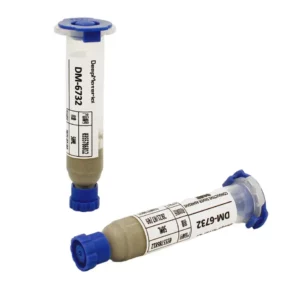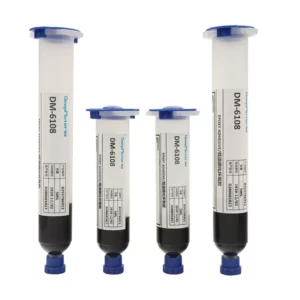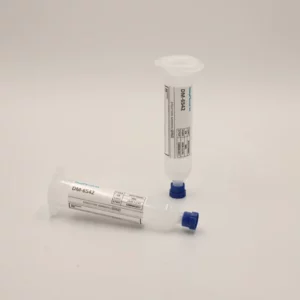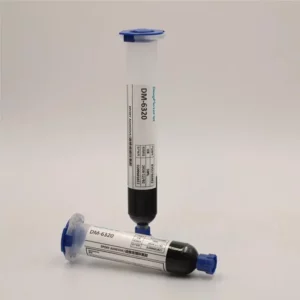Adhesive glue for coils
Deepmaterial manufacturing custom adhesives
for coils application
Industrial adhesive application for coils
DeepMateriacl is the best industrial adhesives for coils
Deepmaterial is a China industrial adhesive manufacturer specializing in (supplying) adhesives for coils. We have been manufacturing high quality adhesives for over 10 years. From metal, wood, and foam to cardboard, plastic, and glass, our industrial adhesives have been developed and enhanced over time to adhere to almost any product and material via adhesion or cohesion.

Inductor Bonding
In recent years, the demand for reducing the size of assembled products has led to a drastic reduction in the size of parts for inductor products as well, bringing the need for advanced mounting technology to mount these tiny parts onto their circuit boards.
Engineers have developed solder pastes, adhesives, and assembly processes that permit attaching inductor terminals to PCBs without using holes. Flat areas (known as pads) on the inductor terminals are soldered directly to copper circuitry surfaces hence the term surface mount inductor (or transformer). This process eliminates the need to drill holes for the pins, thereby reducing the cost to manufacture a PCB.
Adhesive bonding (gluing) is the most common method of attaching concentrators to an induction coil. The user must clearly understand the goals of bonding: whether it’s only to keep the controller on the coil or also to provide its intensive cooling by means of heat transfer to the water-cooled coil turns.
Mechanical connection is the most accurate and reliable method of attachment of controllers to induction coils. It can withstand thermal movements and vibration of the coil components during service.
There are many cases when controllers may be attached not to the coil turns, but to structural components of induction installations such as chamber walls, frames of magnetic shields, etc.
How to mount a radial inductor?
The toroids can be attached to the mount with either adhesives or mechanical means. Cup shaped toroid mounts can be filled with a potting or encapsulation compound to both adhere and protect the wound toroid. Horizontal mounting offers both a low profile and a low center of gravity in applications that will experience shock and vibration. As the toroid’s diameter gets larger, horizontal mounting begins to use up valuable circuit board real estate. If there is room in the enclosure, vertical mounting is used to save board space.
The leads from the toroidal winding are attached to the mount’s terminals, usually by soldering. If the winding’s wire is large and stiff enough, the wire can be “self leaded” and positioned through the header or mount into the printed circuit board. The advantage of self leading mounts is that the expense and vulnerability of an additional intermediate solder connection is avoided. The toroids can be attached to the mount with either adhesives, mechanical means or by encapsulation. Cup shaped toroid mounts can be filled with a potting or encapsulation compound to both adhere and protect the wound toroid. Vertical mounting saves circuit board real estate when a toroid’s diameter gets larger, but creates a component height issue. Vertical mounting also raises the component’s center of gravity making it vulnerable to shock and vibration.
Adhesive Bonding
Adhesive bonding (gluing) is the most common method of attaching concentrators to an induction coil. The user must clearly understand the goals of bonding: whether it’s only to keep the controller on the coil or also to provide its intensive cooling by means of heat transfer to the water-cooled coil turns.
The second case is especially important for heavy loaded coils and long heating cycle such as in scanning applications. This case is more demanding and will be mainly described further. Different adhesives may be used for attachment with epoxy resins being the most commonly used glues.
DeepMaterial adhesive must have the following characteristics:
· High adhesion strength
· Good thermal conductivity
· High temperature resistance when the joint area is expected to be hot. Keep in mind that in high power applications some zones of the copper surface can reach 200 C or even more in spite of intensive water cooling of the coil.



